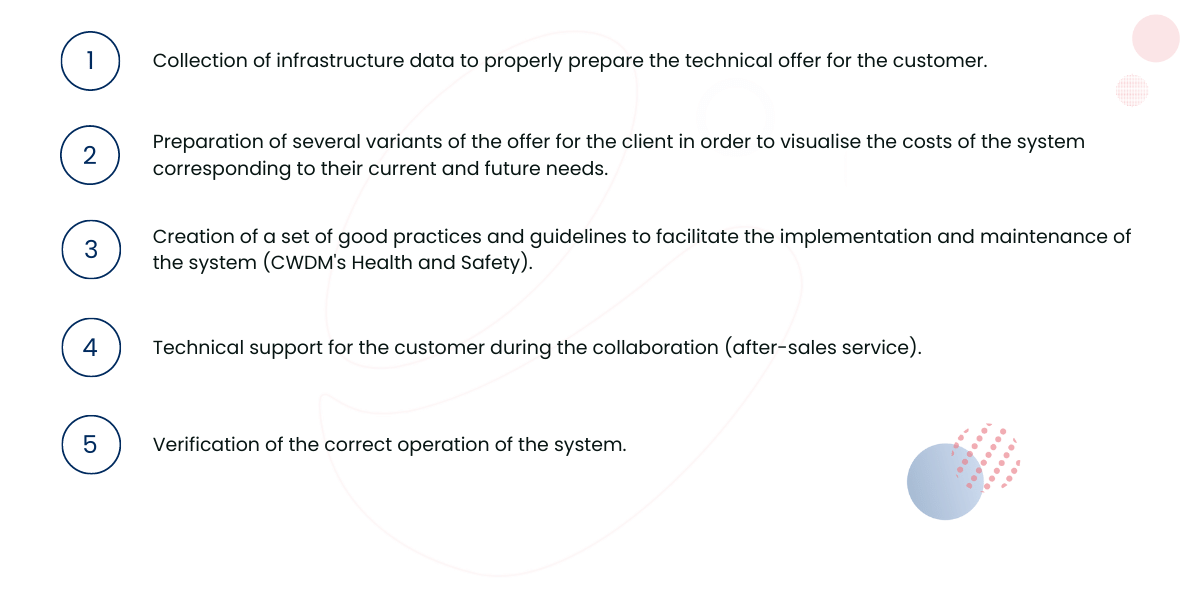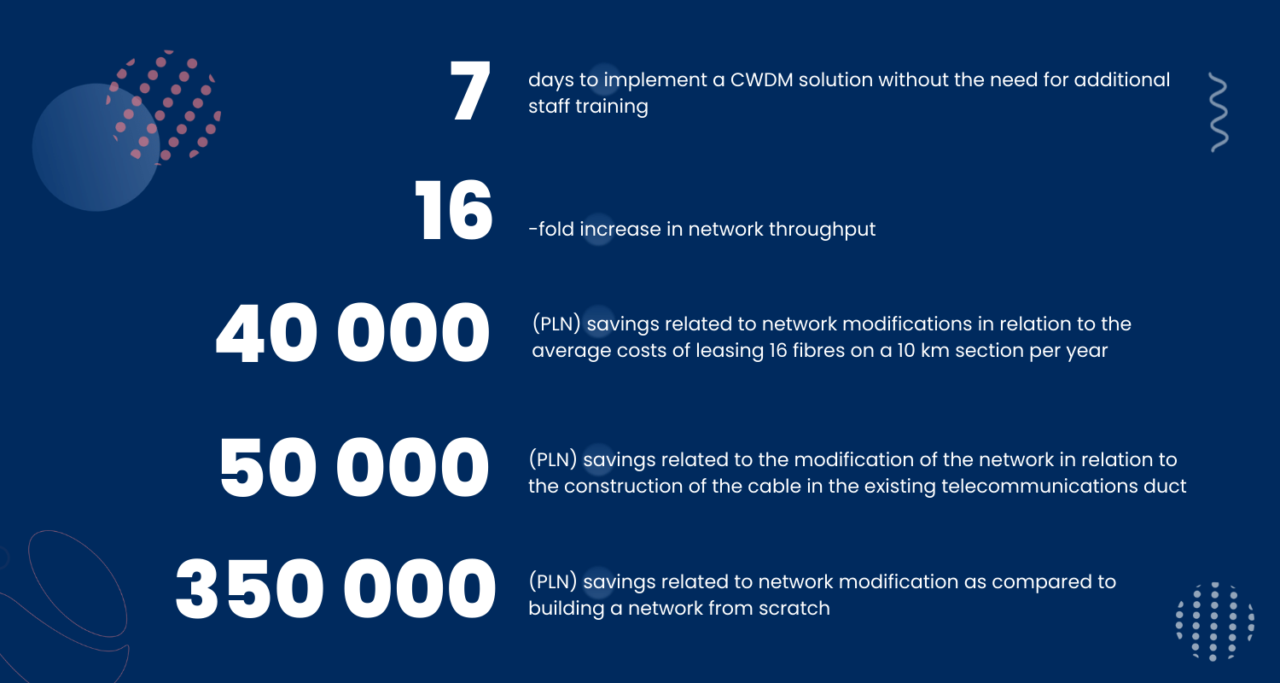How did a telecom operator optimally increase the transmission capacity of his network?
5 April 2022
#FCAteam

From the beginning. What challenges is the market currently facing?
The demand for bandwidth is increasing day by day. The consumption of ever-increasing amounts of data is a result of both the ever-persistent remote working and digitisation, which has accelerated strongly in recent years, covering every sector of the economy. There are also organisational changes, globalisation and the opening of new branches at home and abroad. The enormity of the data that are transmitted daily forces network administrators to continuously improve the infrastructure in terms of reliability, efficiency and capacity. Increasingly, flexibility, automation and security are becoming features necessary for the proper functioning of the corporate network. Just as often, customers see flaws in the current network structure, especially when transmission delays, failures or congestion occur due to its limited capacity. This, in turn, raises the need for modification, expansion or lease of additional optical channels. However, there are huge costs involved. Can they be prevented? The answer is: yes!
The problem: limited bandwidth
The existing bandwidth is not sufficient. Demand for services is increasing, new customers are coming and the current ones are seeing its quality deteriorating. It’s a given: the network needs improvement and money is limited. What now? The challenge is to build or modify the network to transfer as much data as possible while optimising costs. But that’s not all! To avoid a similar problem in the future, you need to ensure flexibility now.
Solution: CWDM implementation
CWDM technology increases network capacity while optimising network development costs. It allows to multiply the efficiency of using the existing optical fibre and to create a highly reliable and transparent transport network.
Due to its price and the functions it performs, CWDM is implemented in projects where cost plays an important role and the service provider has a limited number of optical fibres.
What was the purpose of implementing CWDM?
Increase network throughput by up to a dozen times.
Optimisation of costs connected with network modification.
Ensuring easy connection with currently used devices in the network.
Enabling transparent data transmission for each type of signal.
Launching transmission for new/potential subscribers and increasing the operator’s revenues.
Preparing the network for expansion with more optical channels in the future (pay as you grow).
What steps have we taken?

What was the effect of the actions taken?

See what a network using CWDM looks like
One solution, multiple benefits

Explore FCA’s CWDM/DWDM product portfolio

Adam Budkowski
PresalesBio:
At FCA, Adam specialises in xWDM wave multiplexing solutions. He gathered his knowledge theoretically during his studies and practically: working on the side of a telecommunications operator. Thanks to this, today, he is able to meet the expectations of even the most demanding customers and adjust the appropriate solutions to their needs.

Want to talk to us about CWDM?
Contact us if you too would like to expand your network, without the high cost.
